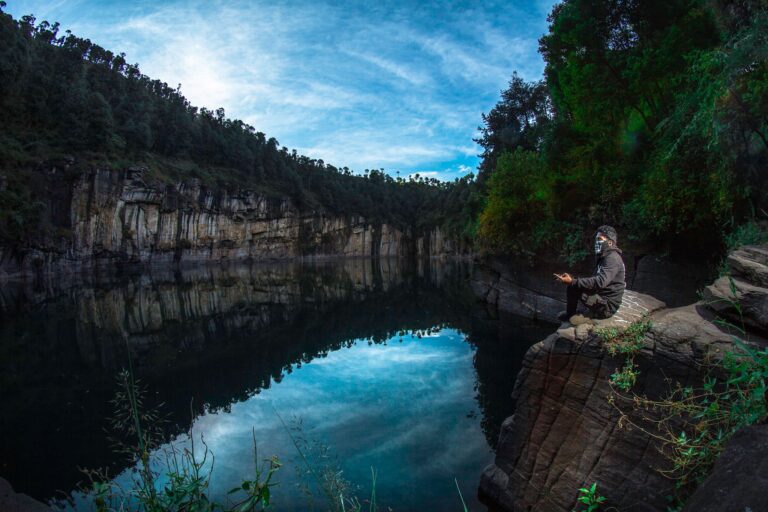
Nestled in Madagascar's Hautes Terres region, 11 km south of Lac Andrakiba, Lac Tritriva is a popular destination for both locals seeking relaxation and travelers exploring the surrounding area and Antsirabe's attractions. Shrouded in mystery and legend, this lake has a circumference of 4 km. Surrounded by rugged terrain, it can be reached by car or bike via the Betafo road. It's a favored location for local picnics on Sundays. On Saturday and Sunday mornings, cockfights occur here, a tradition that is not always viewed favorably.
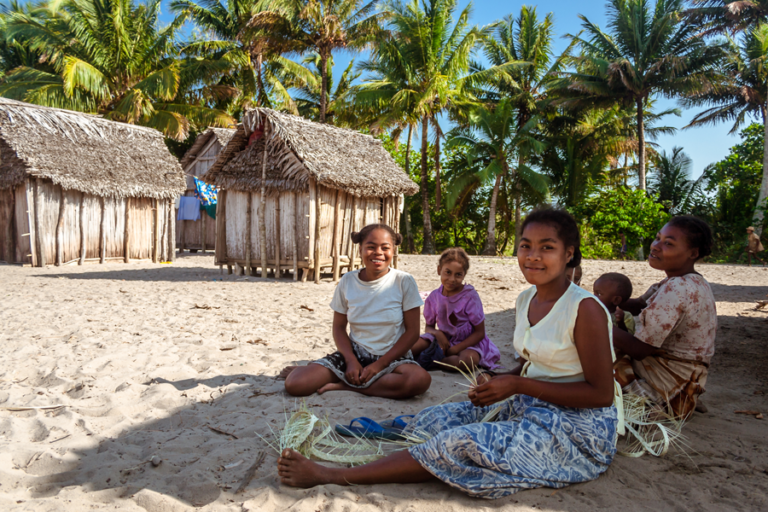
The Betsimisaraka, whose name means 'those who are many and do not separate' in Malagasy, form one of the largest ethnic groups in the eastern part of Madagascar. Mainly settled from Mananjary to Sambava, they occupy the provinces of Toamasina and Tamatave. Their rich and diverse culture, fascinating history, and contribution to Madagascar's cultural mosaic make them a subject worth exploring in this article.
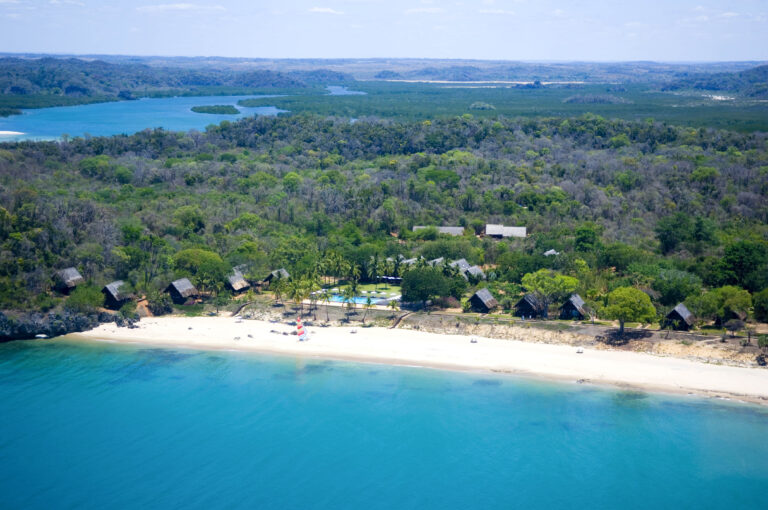
Nestled on Madagascar's northwest coast, Anjanjavy is a true natural wonder, a natural Eden to be protected. Classified by the WWF (World Wildlife Fund) as a global conservation priority, this corner of paradise is home to a remarkable species community, with rare and endemic species found nowhere else. The 1030-hectare private reserve, established in 2013, and the 9773-hectare protected area, created in 2018, protect over 1800 species of exotic and harmless flora and fauna in special ecosystems. Notable initiatives include sea turtle reproduction monitoring and a 168-hectare marine reserve. As naturalists and connaisseurs know, few places in the world offer such authentic, intimate, and safe contact with nature as Anjanjavy.
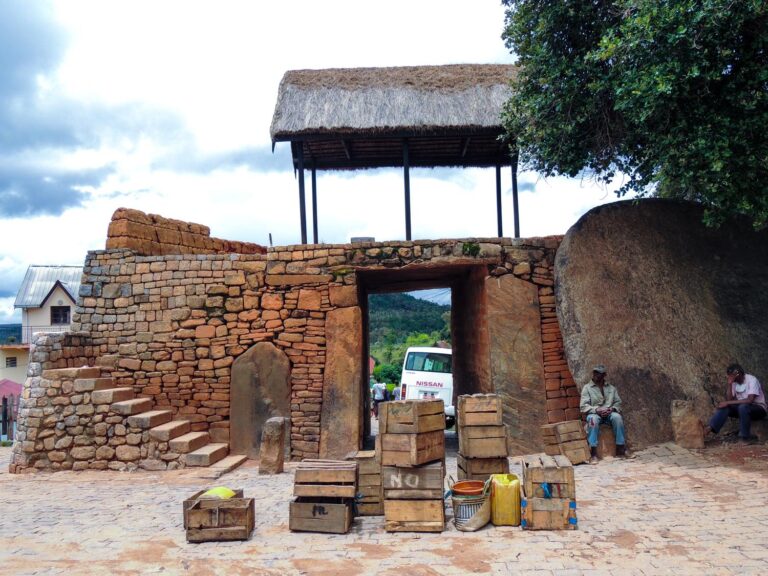
Avid travelers and world adventurers, welcome to Madagascar! One of the world's largest islands, the island-continent, the red island: all names that evoke a mosaic of peoples from migrations near and far, but also a unique nature, against a backdrop of many historical and economic reversals. A land of surprises and resourcefulness, here are a few things you absolutely must know before coming to Madagascar.

Nosy Be, the pearl of Madagascar, promises adventure and relaxation for the whole family. It's an ideal destination for everyone, from grandparents to children, seeking adventure, relaxation, and discovery. Located off the north-west coast of Madagascar, this island paradise offers a multitude of activities for all ages, combining the richness of a fascinating Malagasy culture with the beauty of lush, unspoilt nature. Here is a selection of must-do activities to make the most of your family holiday on Nosy Be.

With ethnic groups varying from region to region, historical resentments between groups, social tensions based on origins, and the subtle yet real presence of power struggles, life in Madagascar could seem challenging. However, contrary to expectations, this is not the current reality. Despite periodic conflicts among the country's leaders, relations between different communities remain peaceful. This article explores the factors contributing to this social harmony and ongoing efforts to promote peace and non-violence on the island.
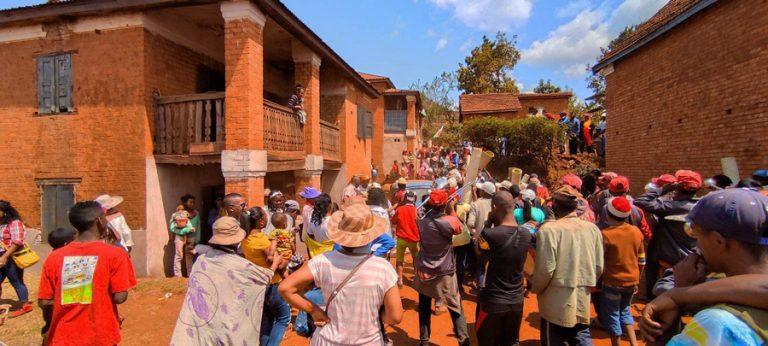
Hira Gasy is a traditional folk art form unique to Madagascar. This cultural expression, often described as musical street theater, is a captivating blend of song, dance, drama, and poetic discourse. Performances are often accompanied by colorful costumes, such as Malabary tunics for the men and dresses of the same color for the women, with the addition of the Lamba. Its roots go back many centuries, and it continues to be an integral part of Malagasy culture and identity to this day.
This form of popular entertainment is specific to the culture of the peoples of Madagascar's central highlands, particularly the Merina, where performances take place either outdoors or indoors.
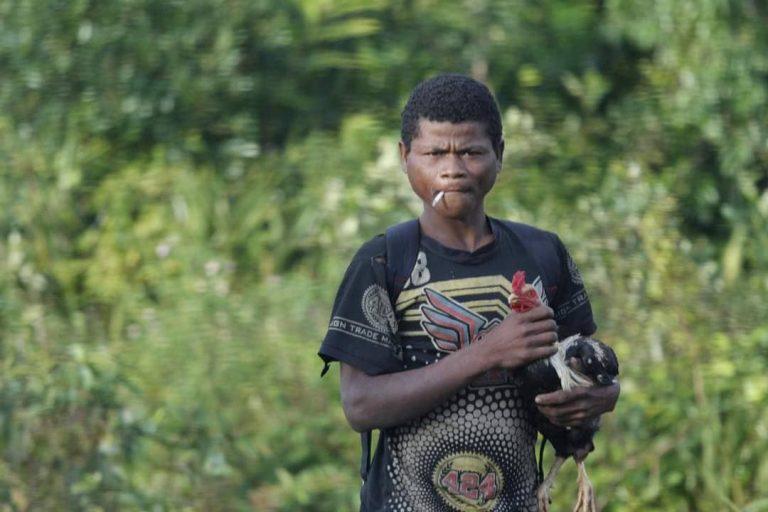
Inscribed in 2021 on the Representative List of the Intangible Cultural Heritage of Humanity, Kabary is an ancestral oratory practice of the Malagasy people, a kind of poetry declaimed before the general public. It is highly structured, consisting of proverbs, maxims, rhetorical figures and puns, embodying the essence of Malagasy culture. Originally, Kabary was used by rulers to inform the community about upcoming events, social life and administrative decisions. Over time, it came to be used by communities to communicate on various social, political and ritual occasions. Kabary is an art of speech, a vector of tradition and an instrument of social cohesion.
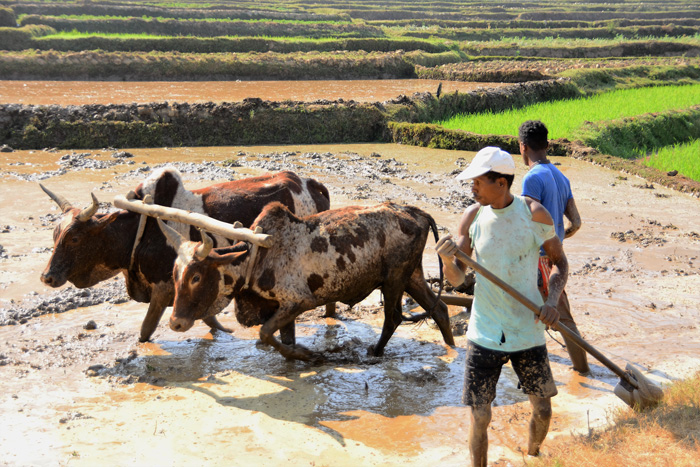
Arriving on the island from India in the first millennium, the zebu is an imposing bovid, with lyre-shaped horns on its frontal bone and a distinctive dorsal hump, a fat reserve that builds up when food is plentiful. It occupies a central place in Madagascan culture. Much more than a simple livestock animal, the zebu is a true cultural and spiritual icon in Madagascar, reflecting the identity, traditions and ancestral beliefs of the Malagasy people.

Changing the trend a little, let's talk today about village tourism, an offering with immense economic potential. Beyond paradise beaches and famous national parks, village tourism is emerging as a promising alternative for the economic development of local communities. This type of tourism, centered on authenticity, encounters and exchanges, offers numerous advantages for boosting the local economy.










